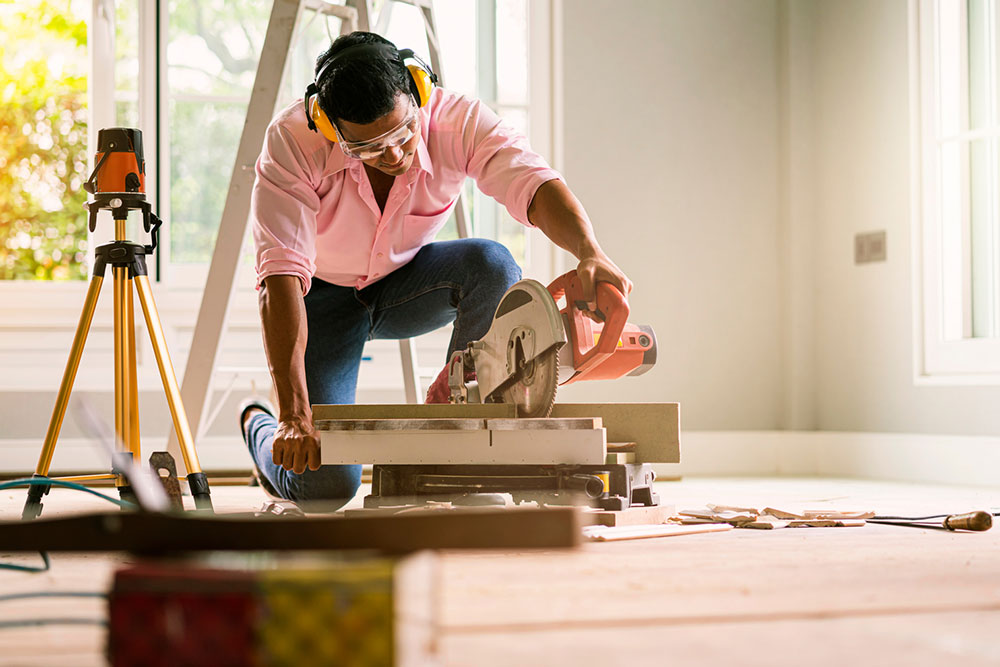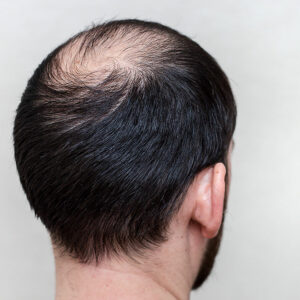10 easy home improvement hacks to try today

Owning a home is a rewarding, albeit time-consuming, endeavor. Every home space needs to evolve continually to suit the needs and preferences of its occupants. While complete renovations and remodeling can be expensive, there are several tips and tricks to keep the home looking fresh and welcoming. Continue reading to discover ten easy home improvement hacks that can make any home space a haven that reflects one’s style and comfort.
- Paint the front door- The front door is often the first thing guests notice when they enter a home. So, transform it in a way that contributes to the curb appeal of a space and creates an impression. Paint the front door a bright, inviting color. For those unwilling to take on the whole door, begin by painting the door knob or investing in a vintage piece for a stylish touch.
- Add string lights- String lights are a beautiful addition to any space. They also work well outdoors, hung over the patio or porch. Moreover, they can transform any outdoor space into an extra hosting area for guests, particularly in the warmer months.
- Get glass cabinet inserts- Old wood cabinets can lose their glossy feature with time. Add some excitement to the house by replacing them with glass cabinet inserts. Alternatively, consider adding beadboard or pre-primed MDF (medium-density fiberboard) and decorative crown molding around kitchen cabinetry to add style to the space.
- Fake marble on the countertops- Marble counters can cost anywhere between $500 and $3000. Homeowners on a budget can consider exploring alternative materials that mimic the appearance of marble countertops. Fake the look with some paint, ultra-high gloss resin epoxy, and basic craft supplies to skirt around the costs.
- Use peel-and-stick wallpaper- Add an element of interest to plain walls with a peel-and-stick wallpaper. Whether it’s a vibrant color or an attractive design, this is a great way to improve the appearance of any room without taking on an extensive renovation project.
- Remove the popcorn ceiling- A popcorn ceiling isn’t aesthetically pleasing. It also attracts and collects a lot of dust and dirt. Homeowners can remove it with a wet/dry vacuum and a drywall knife. Those living in homes built before 1979 should test for asbestos and lead before embarking on this project.
- Change the kitchen cabinet hardware- Get a glamorous quick fix for the home by upgrading the kitchen cabinet hardware. Gold hardware and embellishments are trending and can easily be found at sellers. Measure the width of the existing knobs and handles before ordering to ensure the right fit.
- Swap out the showerhead- Home improvement projects don’t have to be extensive. Get a new showerhead to replace the old one. For instance, a matte black rain-head would look striking over white bathroom tiles.
- Add a frame to the bathroom mirror- Another quick way to elevate the bathroom’s style is to add a frame or decorative molding to the bathroom mirror.
- Layer porch rugs- Enhance the home’s entryway by doubling up the porch rugs. Layer an outdoor area rug under a standard porch rug, and decorate the sides with potted plants for a luxe finish.
Use these hacks to effortlessly revamp one’s home space and turn the renovation journey into a budget-friendly triumph.










